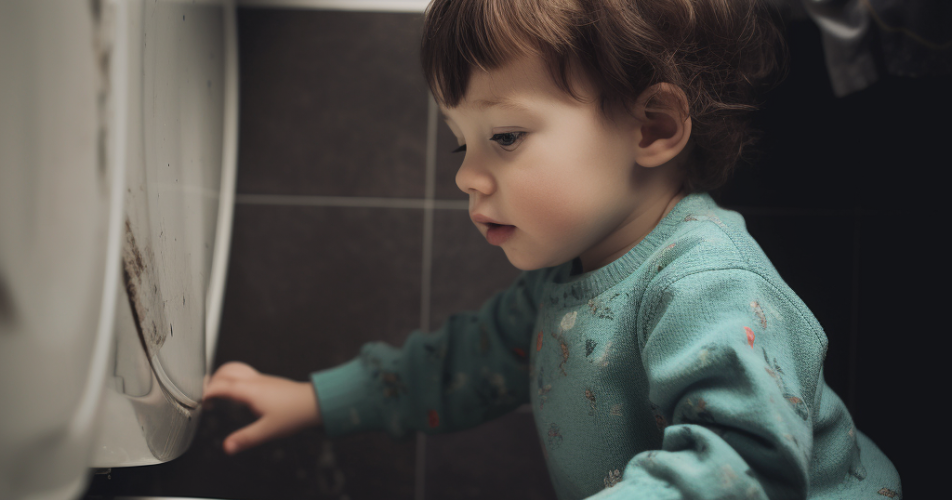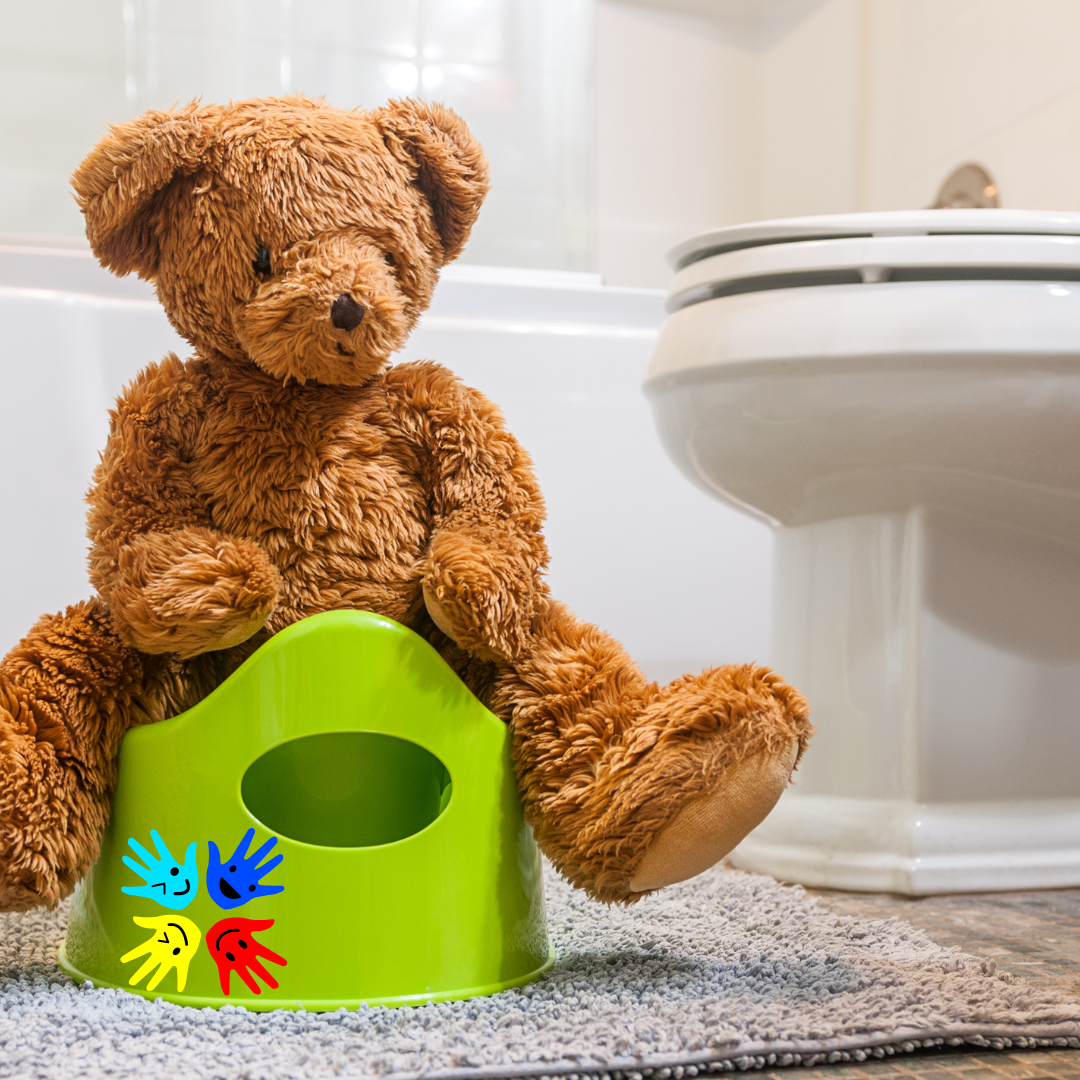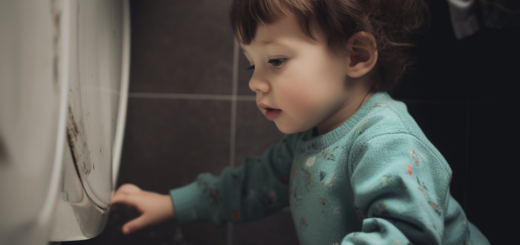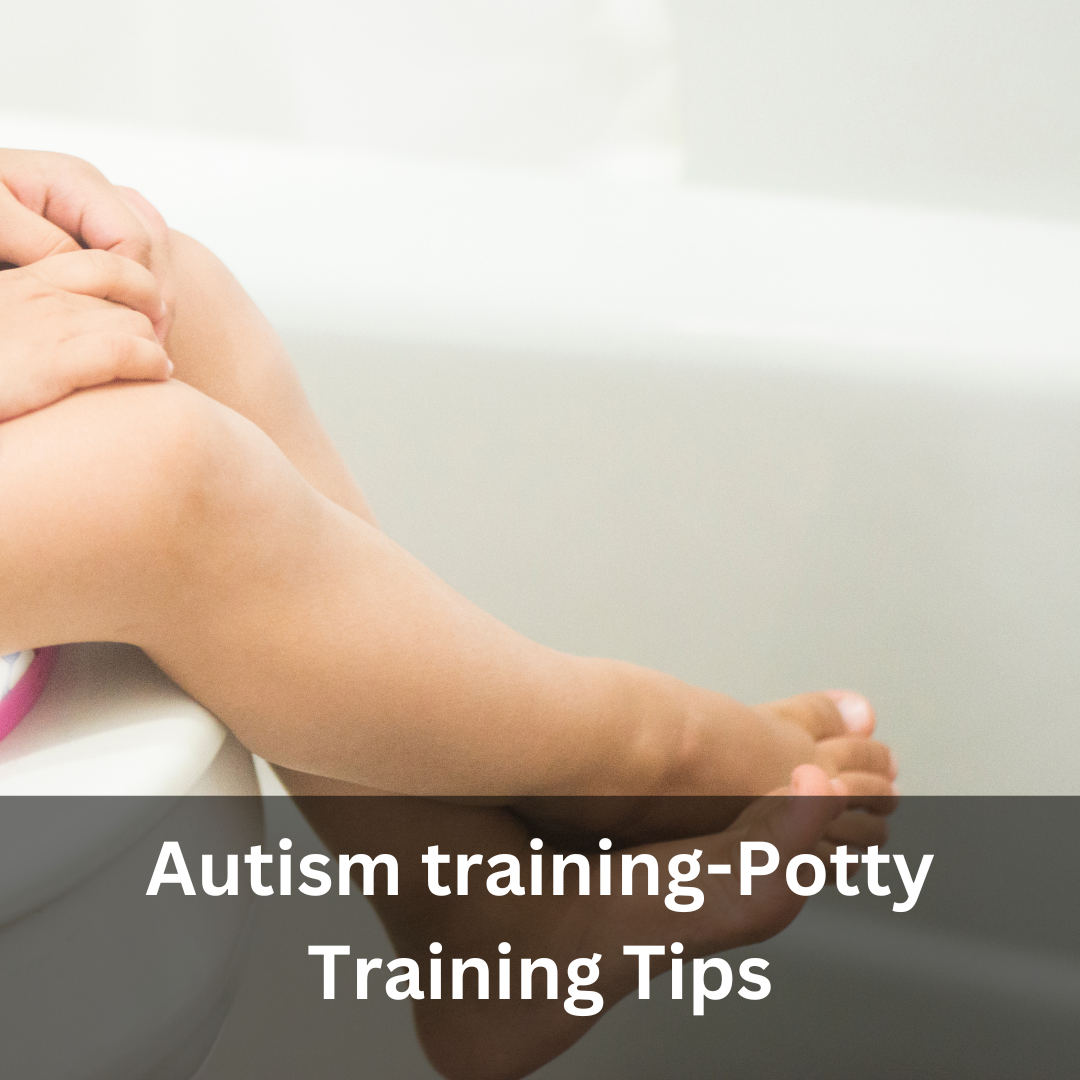Effective Autism Toilet Training: Using Task Analysis

Hello! I’m Barbara Lester, a licensed clinical social worker specializing in autism spectrum disorders in children and teens. Today, I want to talk about task analysis, a valuable skill for teaching new behaviors to children. Task analysis involves breaking a skill into smaller steps so the child can learn it. For example, teaching a child with autism how to use the potty by breaking the process into manageable steps.
I’ll give a couple of examples.
Let’s say a child is not potty trained yet, so they’re being trained to use the toilet. So, with potty training, there will be several steps the child needs to follow to become toilet trained.
The child might need to learn to go into the bathroom
they might need to know to pull down their pants and sit on the potty
Use it to wipe them to pull up their pants and then to wash their hands so there’s these different steps that have to be done and one of the things that can be done is to teach work on teaching the steps may be using Princeton some pictures, or lists of words, like we talked about in the video, about structure that helps teach them the sequence of events but maybe they’re getting prompted and supported for all of the steps that they’re doing except maybe one and that one they’re doing independently so you might start out with toilet training where you help them with every one of those steps except the very last which is washing the hands and maybe they’re able to do that independently or vice versa you can also start on the other end of the chain and have them independently walk into the bathroom and then you support them on all the other steps and the see lots of events and of course remembering to reward the learning of each one of these pieces of the skill now another example of task analysis would be learning to greet someone and so maybe the child would be learning too that when they greet someone new that they look up at them that they try to make eye contact that they try to smile and perhaps even depending on the age of the child that they might reach out hold the other person’s hand squeeze it for a couple of moments move it up and down a little bit and then let go in terms of teaching them watch shaking hands and Tails and say something like hi my name is Jimmy and so there’s a number of different parts of that and breaking it down into those different steps so the child is learning to follow that same sequence of events will help them learn the skill and again rewarding for each part of the scale of rehearsing and practicing it in different ways the child might learn to generalize it across a number of settings so much such as when you learn to you know greet an adult that the story you learn to greet someone when they come to the door you learn to greet someone when you go to school for the first time so there’s a different number of different ways that they might learn to use that skill well thanks for listening today and I’d like to encourage you to subscribe to my channel will you’ll be able to see other videos that teach information about supporting children or not as a spectrum you


